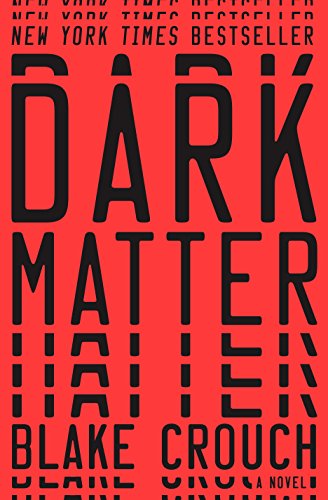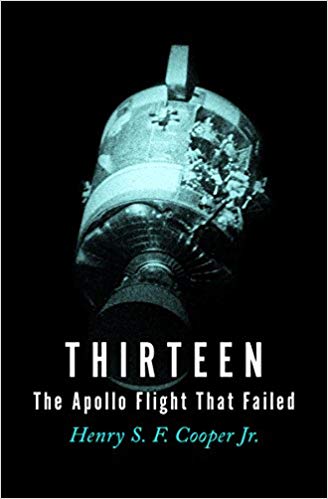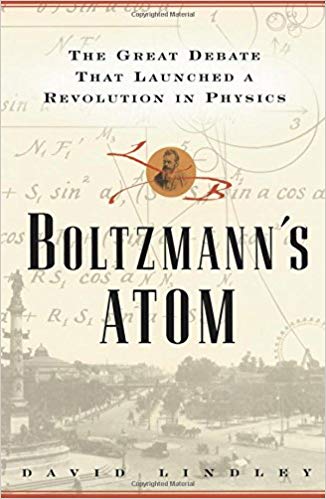
To Explain the World, by Steven Weinberg, is a history of science. As he states at the very beginning, it isn’t necessarily to track our progress in science, though that naturally comes along for the ride, but rather “how we came to learn how to learn about the world.” He isn’t interested in how well the ancient Greeks did in their efforts to understand the world so much as how they did as scientists. Did they apply a scientific method? Did they perform tests of their ideas to try to validate them? Did they leave the realm of pure hypothesizing and look for real world implications of their ideas? Weinberg concludes that, for the most part, no, the Greeks weren’t much of scientists.
This is a different and often-times refreshing look at the history of science. By focusing less on what was learned and more on how it was learned, Weinberg takes us on a journey of what it means to do science. How has science, in a broader sense, evolved? How have we used it to understand the world around us?
Along the way, there are lots of examples of scientific discovery and how we did learn specific things about the universe. While Weinberg’s intention is that one doesn’t need much math to follow, the truth is that many of these concepts are rather challenging and require some time to think about them (more than I often devoted to them). Particularly when considering some of the ideas of the ancients, in which they built complex and clumsy scaffolds to support hypotheses that, for example, the Earth was the center of the universe, the more complex the model, the harder it is to get one’s head around it. He does provide an appendix of sort that goes into some of these in more detail, but unless one has pencil and paper at hand to work through them in detail, even these are less than intuitive.
However, this does bring me to one of the coolest experiences with this book. In one of the appendices, he describes a proof for Thales’ Theorem, which says that if we have a circle and a diameter, and we create a triangle from any point on the circle and the intersections of the diameter with the circle, the triangle is a right triangle. I described this proof to my daughter and she got so excited when she understood and was able to reproduce the proof. She genuinely loved the idea of being able to prove something like that.
So, there is a lot of love of science and the joy of discovery in this book. As the human race learned more about the universe around them, they also learned how to learn, to, essentially, do science. Weinberg describes this journey as a stern parent might, critiquing how far away those ancients (and not so ancients) were from true science, how they were so close but missed a key element. He isn’t criticizing, per se, but rather evaluating whether we should truly call what they were doing science.
He has a number of interesting observations about the scientific endeavor that he makes along the way, most of which I agree with:
- “Inspiration and aesthetic judgment are important in the development of scientific theories, but the verification of these theories relies finally on impartial experimental tests of their predictions.”
- “The progress of science has been largely a matter of discovering what questions should be asked.”
- “Nothing about the practice of modern science is obvious to someone who has never seen it done.”
- “Science is now international, perhaps the most international aspect of our civilization.”
- “Science and technology benefit each other, but at its most fundamental level science is not undertaken for any practical reason.”
These last two, in particular, resonate strongly with me. We do science for science’s sake, to learn, to push the boundaries of knowledge. Some of that science may turn into useful technology, but that might not happen for decades or longer. And science is the one view of the world that has become international, embraced by parts of pretty much every culture and society in the world. It is a way of discovering knowledge that can truly be called universal.
Weinberg goes pretty deep into various aspect of Greek and Arabic knowledge, more than I want to capture here. (He does make an interesting reference to the Arab’s contribution to science: “For while in the East al-Rashid and al-Mamun were delving into Greek and Persian philosophy, their contemporaries in the West, Charlemagne and his lords, were dabbling in the art of writing their names.”) Again, the goal is to put that knowledge into context, to show how scientific their approaches to generating that knowledge was. Some of their achievements are truly amazing, and Weinberg highlights those. But, he is really interested in how they made those achievements. And, in most cases, he concludes it wasn’t really scientifically.
It wasn’t until Copernicus, Kepler, and Newton, where a predictive model of the solar system was developed based on simple laws, that what we might call modern science came to be. These scientists took observations, built models that matched them, and tested them. Galileo was an important forefather of this as he did laboratory experiments to test his ideas, not relying simply on observation of the natural world. These developments ushered in the age of science.
Overall, this was an excellent journey through the history of human learning, of the development of our abilities to do science. Along the way, there are lots of interesting tidbits of scientific (and not-so-scientific) discovery and understanding. I highly recommend it to any student of science. It provides not only context for how and why we do science, but captures that joy and spirit of discovery that drives a lot of scientific pursuit.



